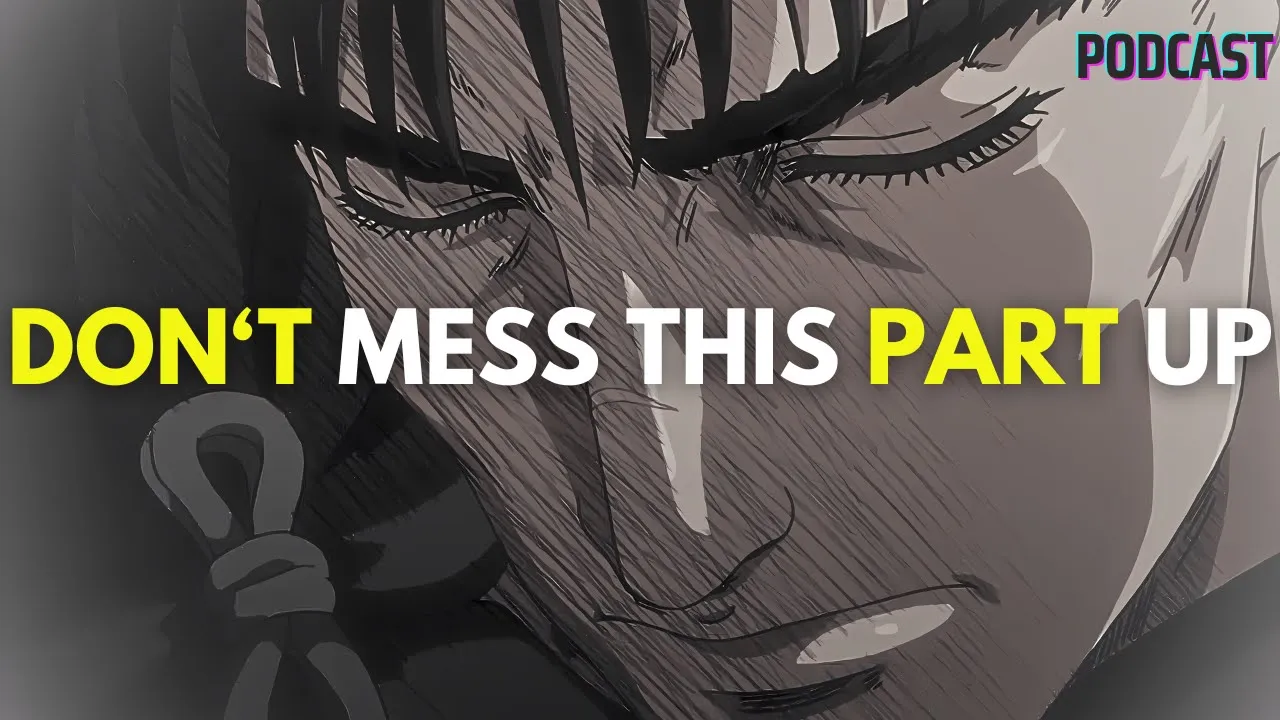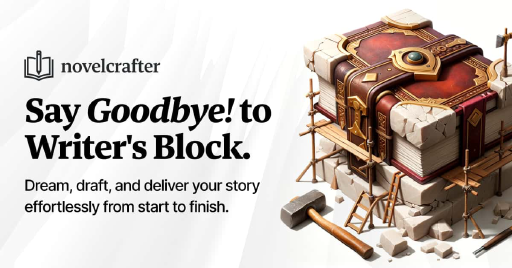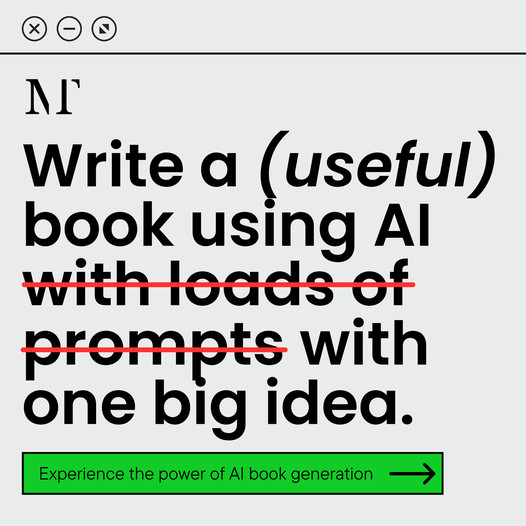
TL;DR
The opening of your story is crucial for capturing the reader’s attention and setting the tone. To create an impactful beginning, focus on starting with conflict, getting in late, leaving early, and establishing a rhythm of high and low tension. Avoid lengthy intros, excessive backstory, and introduce a limited number of characters to maintain clarity and engagement. This guide explores effective techniques for crafting a powerful opening that resonates with readers.
The Importance of a Strong Opening
Arguably, the most critical part of your story is its beginning. This is where you first capture your reader’s attention, create a lasting impression, and set the tone for the narrative. It acts as the hook that will draw your audience in and compel them to continue reading. As a writer, I find immense joy in crafting those initial pages, and I understand the pressure that often accompanies this task—especially when preparing for submission to literary agents or publishers.
Over my years as a writer, editor, and writing coach, I have examined numerous opening pages. These early sections are typically the first impressions we share with critique partners or editors. Through this experience, I have identified several principles and techniques that can transform your opening into something not just effective, but also impactful. These techniques transcend genre and age group, making them universally applicable.
Establishing Conflict Early
One fundamental principle is that your story should present a problem that is both urgent and significant in the eyes of your characters. This idea, which I believe originates from Jerome Stern’s *Making Shapely Fiction*, emphasizes the necessity of conflict right from the start. The conflict should be pressing enough that your characters feel compelled to take immediate action.
Consider this analogy: if a bear is at your front door, that’s a problem anyone can relate to. Your reader should immediately grasp why this conflict is significant and urgent. This principle applies not only to your opening but also to pivotal moments throughout the story. Too often, writers spend excessive time building up to climactic moments when they could instead start right at the height of the action.
Getting In Late and Leaving Early
Another effective technique is to “get in late” and “leave early.” This means starting your story at the moment just before the conflict unfolds. It’s an excellent way to hook readers and establish the tone of your narrative. The initial moments should focus on getting your audience invested in the character without overwhelming them with backstory.
You don’t need to reveal everything about your character right away; instead, provide just enough information for readers to understand who they are and why they matter. Similarly, as you approach the resolution of a conflict, consider finishing the scene before the resolution fully plays out. This technique creates a sense of intrigue, encouraging readers to continue to find out what happens next.
Creating a Rhythm of Tension
To maintain reader engagement, establish a rhythm of high and low tension throughout your chapters. This is particularly important if your story features multiple points of view. Avoid the temptation to reset the scene with backstory for each new chapter. Instead, continue the momentum by getting into the next conflict quickly.
You can create a roller coaster of tension, where peaks of high tension are followed by brief moments of rest. However, be cautious not to exhaust your readers with relentless intensity. Depending on your genre, you may want to intersperse moments of relief to allow readers to breathe.
 What Poetry Feels Like
What Poetry Feels LikeClosing the Circle
One of my favorite personal techniques is to create a sense of closure by “closing the circle.” When beginning a scene or chapter, start with a particular emotion, line, or theme. Then, conclude the scene with a similar sentiment, but with a deeper understanding or an evolved perspective. This technique not only provides a satisfying structure but also signals to the reader that an arc has been fulfilled.
For instance, in my short story “Static Love,” I start and end with the same line, echoing a deeper understanding of the character’s journey. This method can help signal to your audience that you are capable of delivering a rewarding narrative experience.
Avoiding Common Pitfalls
While crafting your opening, be mindful of several common mistakes that can hinder your story’s effectiveness:
1. **Lengthy Intros**: Avoid dragging your readers through excessive exposition. A lengthy introduction can kill the pacing and make your story feel sluggish.
2. **Overloading on Normal World**: Spending too much time establishing the normal world can distract from the essential conflict. Instead, dive into the action and let the normal world unfold naturally through the story.
3. **Too Many Characters**: Introducing too many characters at once can confuse readers. Focus on a small cast of core characters who will drive the narrative forward. This clarity will enhance emotional investment.
Engaging with Your Readers
As writers, we thrive on feedback and interaction. If you find value in these insights, consider leaving a comment or sharing your thoughts on what you’re wrestling with in your writing. I aim to respond to every comment, and your input helps me tailor future discussions to better serve your needs.
In conclusion, crafting a compelling opening is a blend of art and technique. By focusing on establishing conflict, pacing, and clarity, you can create an engaging introduction that captures your audience’s attention and encourages them to read on. Remember, the beginning of your story sets the stage for everything that follows, so invest the effort to make it count. Happy writing!
Original channel: https://www.youtube.com/channel/UC9R_q0yA1n6KpbXtIxcFGtg

 Grab my poetry book, 'we're all just wanderers in the end' Here
Grab my poetry book, 'we're all just wanderers in the end' Here AD: Your Book Finally Written...
AD: Your Book Finally Written...